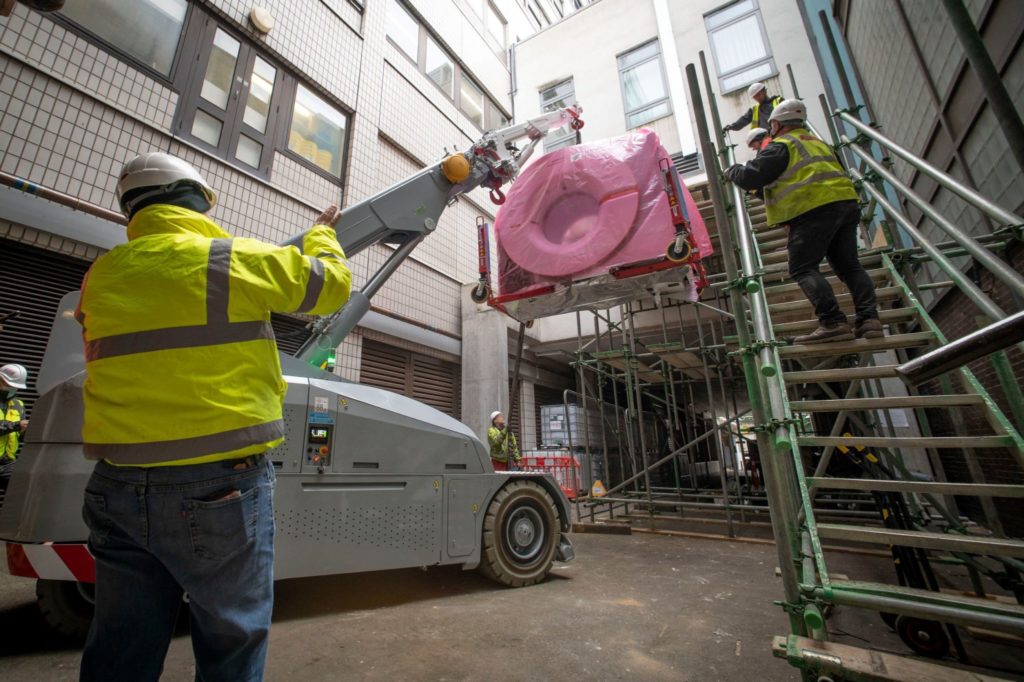
The John Radcliffe Hospital—part of Oxford University Hospitals NHS Foundation Trust (OUH, Oxford, UK)—is the first in the UK to use photon-counting CT, a high resolution and dose reduction technology. The NAEOTOM Alpha (Siemens Healthineers) is also the first in the world to sit within a hybrid catheterisation laboratory, Siemens said in a press release.
The new system is intended to support OUH in optimising diagnostic and treatment pathways, as well as facilitating research at the Oxford Acute Vascular Imaging Centre (AVIC), to help pave the way for photon-counting CT to be rolled out across the NHS. The new technology forms part of the University’s Academic Cardiovascular CT programme, supported by OUH and the British Heart Foundation.
The system utilises cadmium telluride crystals, a new type of detector material, converting X-ray photons directly into electrical signals, overcoming the loss of information encountered in conventional CT.
The photon-counting CT replaces an existing MRI at the AVIC at the University of Oxford, previously taking up to an hour to complete a single cardiac study. With the implementation of photon-counting CT, clinicians expect to reduce cardiac scanning time to just a few minutes, enabling the expansion of services to include vascular imaging for acute patients and the provision of a routine cardiac CT service. The NAEOTOM Alpha allows the visualisation of coronary vessels by virtually removing the calcium, in order to clearly assess whether obstructions are present, helping to avoid unnecessary hospital admissions.
“The photon-counting CT scanner from Siemens Healthineers is game changing for UK healthcare provision and will enable us to streamline our patient pathways. The NAEOTOM Alpha will act as a gatekeeper, reducing hospital admissions and scanning patients with symptoms of a heart attack before they are admitted. We will be able to identify patients who can undergo medical therapy as an outpatient or send patients directly for revascularisation procedures without the need for an invasive diagnostic angiogram, freeing up hospital beds and avoiding unnecessary hospitalisation,” states Charalambos Antoniades, British Heart Foundation Chair of Cardiovascular Medicine at the Radcliffe Department of Medicine at the University of Oxford, and Director of the Oxford Acute Vascular Imaging Centre (Oxford, UK). “This is the first system in the UK and the first in the world within a hybrid setting, making us pioneers for a technology that will soon help transform diagnostic provision across the NHS.”
“The introduction of photon-counting CT is a development that could be compared with the move from pixelated black-and-white images to HD colour,” states Peter Harrison, managing director at Siemens Healthineers GB&I. “We are proud to be the first to introduce the photon-counting CT to the market and pleased to see this technology arrive in the UK for the first time at the University of Oxford. With its advanced visualisation capabilities, the system will be central to studies striving to reduce burden on the NHS and transform patient pathways. We hope the NAEOTOM Alpha will go on to inspire further breakthroughs in healthcare and support groundbreaking research taking place at the University of Oxford today and into the future.”













